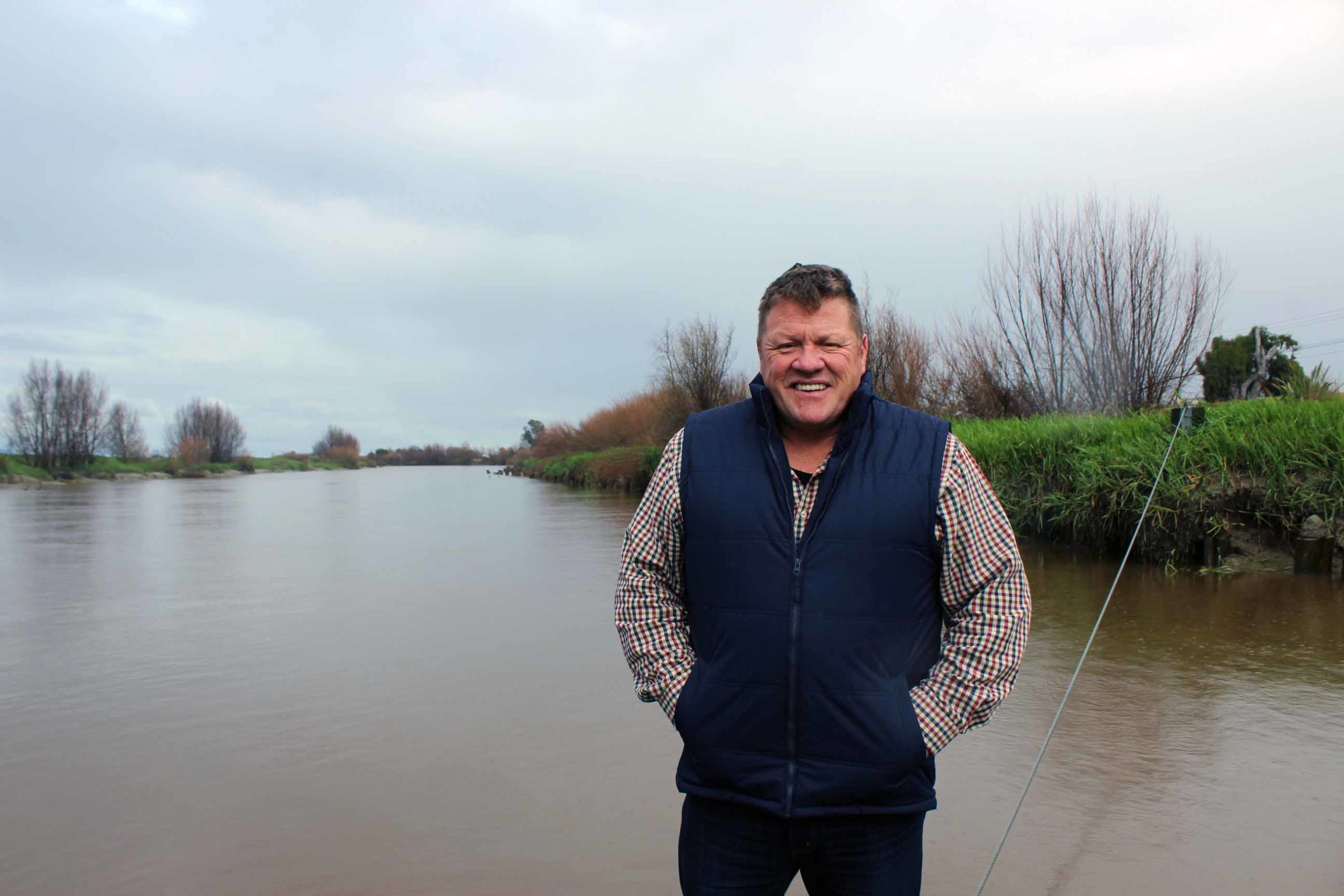A riparian planting project is set to begin on the Hauraki Plains, generating the equivalent of 20 full time jobs over several years.
Waikato Regional Council recently received $2.8 million in funding from the government for the project as part of the Ministry of Environment’s $62 million Jobs for Nature quick-start restoration programme to improve fresh water as part of an environmentally-focused Covid-19 recovery plan. The Jobs for Nature programme accelerates work already being done by regional and unitary councils in fencing off sensitive waterways and riparian planting.
The Hauraki Plains project, which will begin in the next few months, will see the development of a 36km-long “green corridor”, with just over 248,000 native trees planted on a 14 metre strip of land next to the Piako River and 4m wide along the drainage systems from the Kopuatai wetland to the Hauraki Gulf.
The project, which has support from local iwi, will provide employment for native plant nursery staff, planters and maintenance contractors, animal pest contractors, fencers, earthworks contractors and also support local hardware/rural supply stores.
Council river and catchment management committee chair Stu Husband said receiving funding for the project was “fantastic”.
“I think it’s great to get any central government money to put into projects like this that’s going to have massive water quality and biodiversity gains. We’re very lucky, there are a lot of places in New Zealand that have missed out.
“In 30 years it’s going to look very impressive.”
The project would give Hauraki Plains farmers a great advantage under the government’s National Policy Statement (NPS) for Freshwater Management, which comes into force later this year, he said.
“This will provide huge water quality gains, which is going to be important if you look at the NPS coming in,” he said.
“Any water quality gains … will be beneficial for farmers in respect that when we start measuring nitrogens and all the stuff that’s leaching into the rivers – if this project is helping to lower those and get better water quality, it’s all beneficial.”
The project would improve water quality by acting like a filter to reduce the amount of contaminants entering the Piako River and Firth of Thames, he said.
It will also improve biodiversity and habitat for native fish and waterfowl, and provide shade during drought periods, increasing survival rates.
Most of the planting will be on flood protection land owned by council, however, council will be talking to some private landowners where necessary.
Also, grazing licenses currently held by farmers for some council land earmarked for the project will be retired over time so the land can be planted as part of the project.
Mr Husband said this could cause “a little bit of friction” among farmers.
“But I think they’ve got to see the big picture, the gains,” he said.
“It helps with the argument that farming is still feasible in New Zealand because there’s a big argument out there that it’s not, the damage that farming is doing is too much.
“Every tree that goes in the ground is going to help their cause long term.”
- By TERESA RAMSEY




